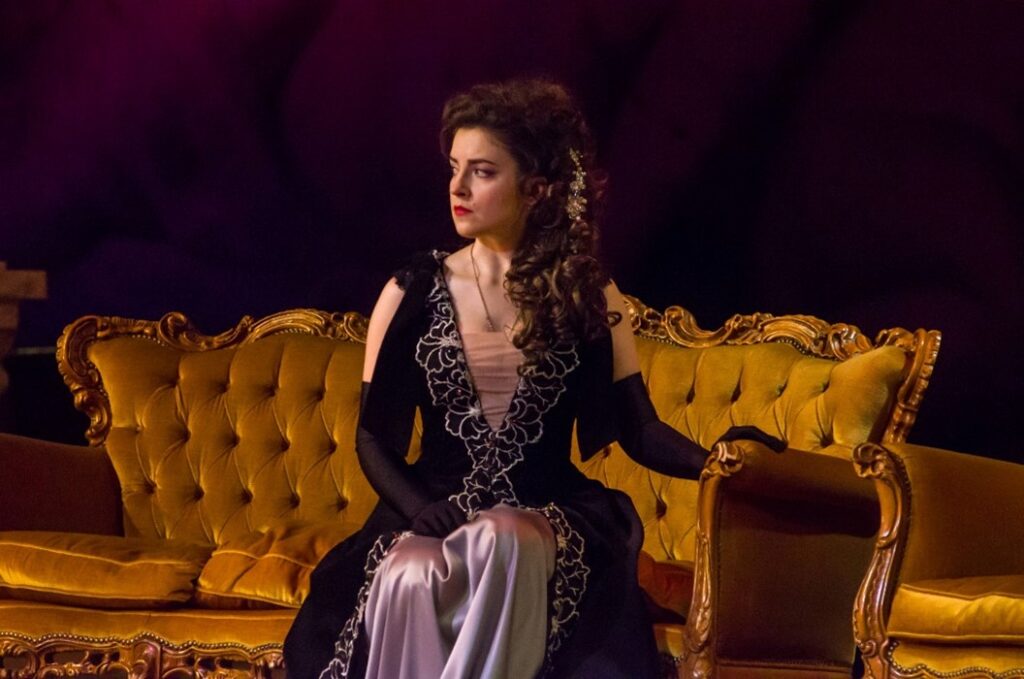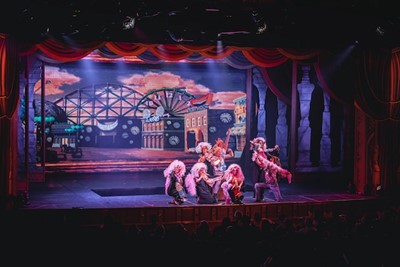
Theater performances have been around since the ancient Greeks, and the stars of the show are arguably the best part; however, Travis Preston of CalArts says that the importance of the costumes and set design is not to be disregarded. As they always have, they continue to play a vital role in modern theater.
The History Behind Costumes and Set Design
· Why Costumes
As explained on the Oscars website, costumes play an important role in character building and creating a more well-rounded personality profile. In the case of aforementioned ancient Greeks, costumes showed the audience whether a character was rich, poor, or a servant. Often, they wore masks that would show emotion.
Some actors and actresses have stated that putting on a costume helps them get into the mindset of their character. For example, if an actor is to portray someone of power and stature, they are likely to wear platform shoes to provide a sense of height, towering over the other performers. Imagine the difference not having the shoes would make – having the visual makes all the difference.
· Background of Set Design
The set design is a designed physical space in which the action of a performed event takes place. It can include a backdrop, props to be used, and even the design of the stage itself. The first set designs were thought to have appeared in the 17th century, during the Italian Renaissance.
The first few set designs were very simple: a painted backdrop that could be hung on the rear wall of the stage. Nowadays though, set design has been elevated far beyond simple paintings. Frequently, they can be technologically advanced, such as with robotic props – parts of a stage that can be moved electronically.
Set designs also add to the overall feeling of a performance. If it’s a more comedic play, the set design can reflect that with bright colors or certain shapes. A tragedy or drama, on the other hand, may use darker colors or make use of low lighting.
Why Costumes and Set Designs are Important

· Bringing the Costumes Together
The costume designer is in charge of bringing the performance outfits to life. Their goal is to take the main idea of a performance and turn it into wearable messages.
Costume designers will talk to the writers and directors to get a sense of what they’re trying to convey, so it’s vital that the characters’ outfits reflect this. This can be anything from materials to colors to tattered linens that reflect the individual character.
· Bringing the Set Design Together
Similar to the costume designer, a set designer must understand and be able to portray what the overall vibe of a performance must be. For example, they wouldn’t have a vibrant, colorful stage design if the play has a moody, emotional depiction.
Besides the writer and director, they’ll also need to keep the costumes in mind so that the set design matches and reflects the overall setting. The theater performance will not make sense if the backdrop of the story does not reflect the scene.
